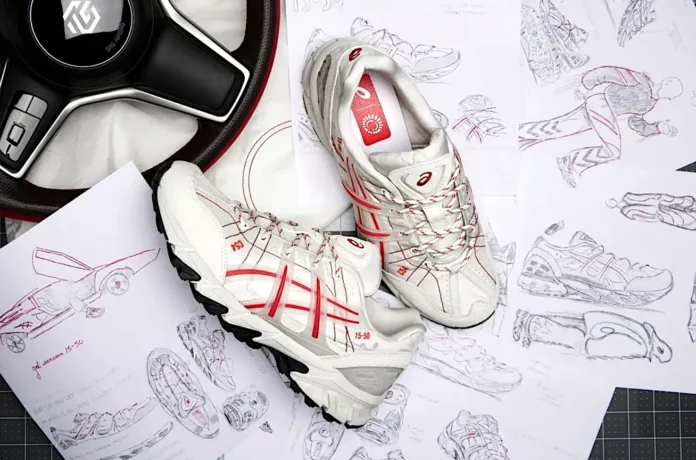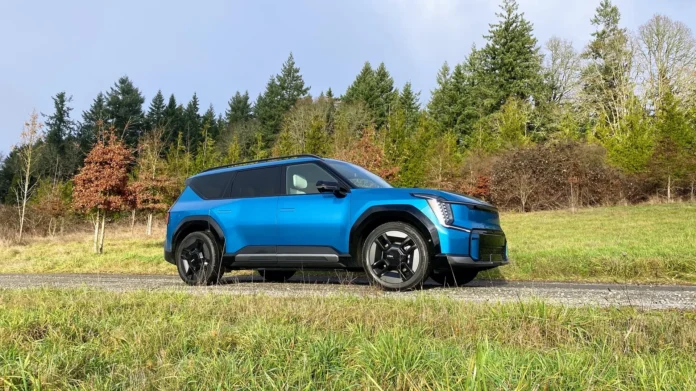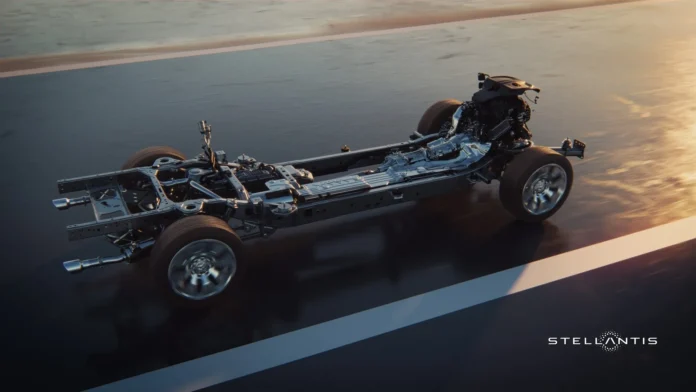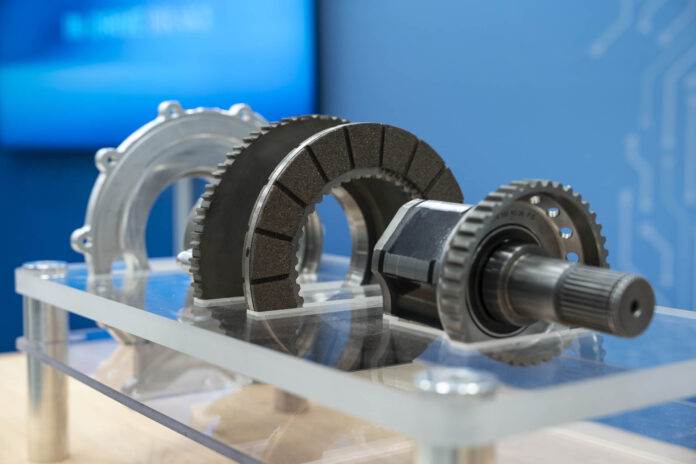- STLA Frame platform can handle electric, range-extended electric, hybrid, and ICE powertrains
- Towing capacity maxes out at 14,000 pounds, which exceeds rivals by 4,000 pounds
- Stellantis again confirmed Ram 1500 REV electric truck will have up to 500 miles of range
On Tuesday, Stellantis filled in some further info about the STLA Frame platform that will underpin both the 500-mile Ram 1500 REV electric pickup truck and 690-mile Ram 1500 Ramcharger range-extended version.
The big news from Stellantis for its biggest global platform, first announced in 2021, is its multi-energy flexibility intended to support electric, plug-in hybrid, hybrid, hydrogen fuel cell, and even internal-combustion powertrains in the future. Stellantis estimates 50% of car and light-duty truck sales in the U.S. will be electric vehicles by 2030, and the STLA Frame rollout starts with Ram and Jeep.
STLA Frame platform size
- Length: 216-234 inches
- Width: 81.2-83.6 inches
- Wheelbase: 123.7-145.3 inches
- Ground clearance: 6.6-10.3 inches (168-262 mm)
The third of four so-called multi-energy platforms detailed in Stellantis’ portfolio is the largest and will underpin everything from the Ram trucks to light commercial vehicles and full-size SUVs such as the next iterations of the Jeep Wagoneer and Grand Wagoneer. It’s significantly longer and wider that the brand’s STLA Large platform that underpins forthcoming large sedans such as the 2024 Dodge Charger Daytona EV and midsize crossovers that could include the Jeep Grand Cherokee
The STLA Large maxes out at 201.8 inches in length, with a wheelbase of up to 121.1 inches. The STLA Large has a broader delta of ground clearance, however, from 5.5 inches to 11.3 inches.
Stellantis’ STLA Frame platform for trucks and large SUVs
STLA Frame platform towing and payload ratings
- Plug-in hybrid towing capacity of 14,000 pounds
- Payload rating of up to 2,700 pounds
- Water-fording capability of 24 inches
The Frame platform utilizes high-strength steel and reinforced frame rails intended to protect the liquid-cooled battery pack. A shield, or belly pan, underneath the frame promises to reduce drag and increase efficiency.
The series plug-in hybrid, which Stellantis calls a range-extended EV (REEV), represents the most interesting development in the electric pickup truck space. With front and rear electric drive modules rated at up to 250 kw in the front and less in the back, and a 92-kwh battery pack, the Ramcharger can go 145 miles on electric power alone.
In this model’s series-hybrid operation, a classic Pentastar 3.6-liter V-6 engine acts as a massive generator to convert mechanical energy into electric energy and it has no connection to the wheels and no propulsion component. The front wheels can disconnect while cruising to optimize efficiency.
Earlier in the year, Ram quoted specs of 663 hp and 615 lb-ft of torque, and a 0-60 mph time of 4.4 seconds for the Ramcharger. Stellantis on Tuesday confirmed a 14,000-pound towing capacity and a payload of up to 2,700 pounds for the STLA Frame; we’re awaiting confirmation if that applies to both the REV and the Ramcharger. That far exceeds the max 10,000-pound towing capacity for both the Ford F-150 Lightning and the Chevy Silverado EV.
Stellantis said the STLA Frame vehicles will have flexible suspension designs, including an available air suspension that will likely be offered with a multi-link rear suspension. A traditional solid axle at the rear with coil springs could also carry over to combustion versions of STLA Frame.
Another noteworthy spec, especially for the next iteration of the Jeep Wagoneer new to this platform, is a water-fording capability of 24 inches.

Stellantis’ STLA Frame platform for trucks and large SUVs
STLA Frame range and charging estimates
- EV range of up to 500 miles, 800-volt DC fast-charging at 350 kw
- PHEV range of 690 miles, 400-volt DC fast-charging at 175 kw
- Bidirectional charging capability for home and grid applications
Battery pack sizes were listed between 159 kwh “to more than 200 kwh” in the press briefing, but Ram previously announced a 168-kwh battery pack as standard on the 1500 REV, and an available 229-kwh battery pack that will provide the estimated 500-mile range.
The Ramcharger uses a 92-kwh pack. EVs on the STLA Frame can recoup 100 miles of range in 10 minutes when charging at 350 kw, while the REEVs can gain 50 miles of range in 10 minutes at 175 kw.







